Houseplants that banish condensation – and how to care for them
Ideal for creating a healthier living environment, these plants are pros at reducing condensation

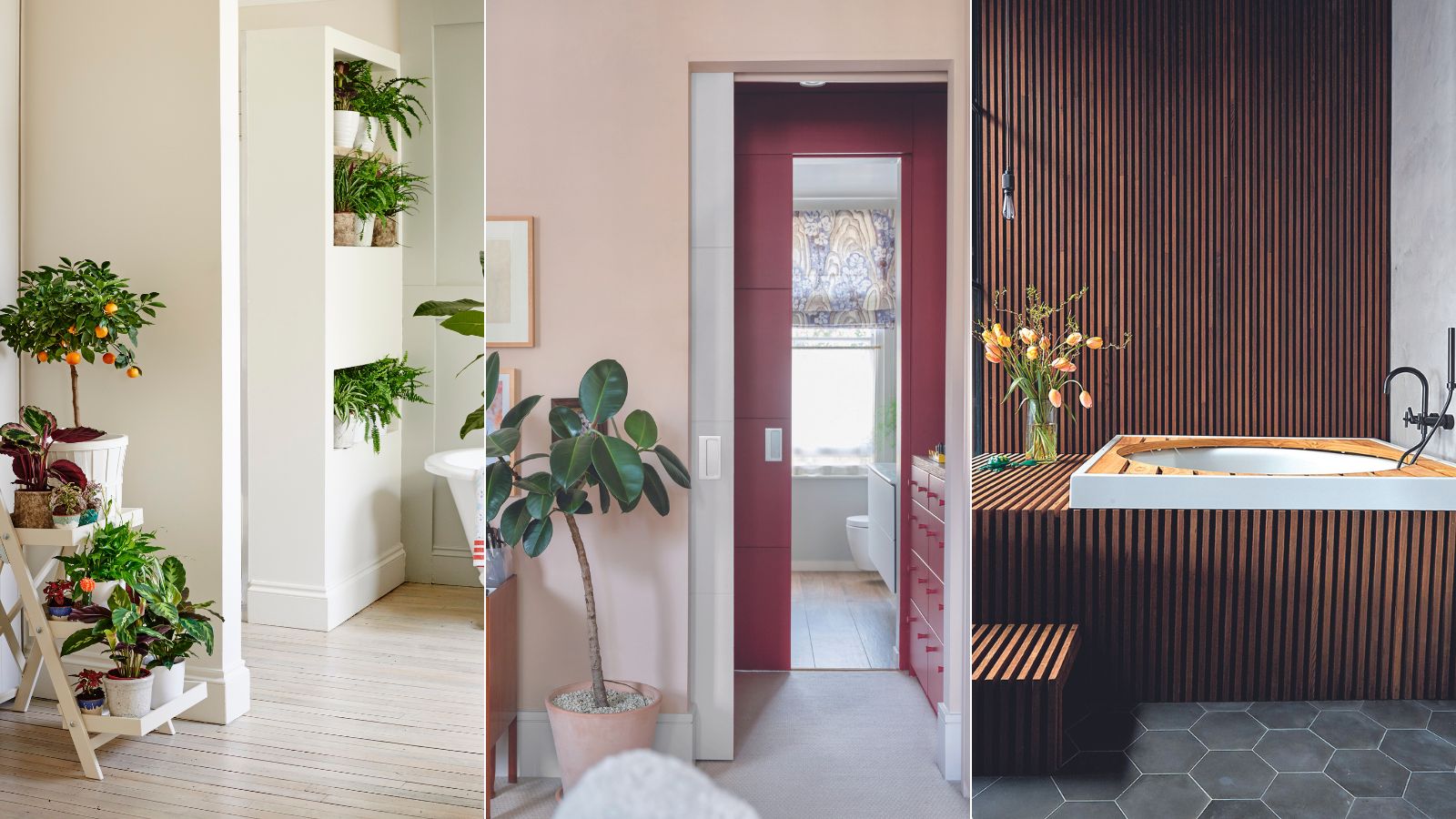
Houseplants are not only a failsafe way to add texture and color and quite literally breathe life into a space, but they also serve as natural humidity regulators.
You can incorporate these plants into rooms that often have fluctuating humidity levels, such as bathrooms and kitchens. So, if you are trying to reduce condensation, consider adding a few of houseplants that absorb moisture to your interior decor.
It's a natural, aesthetically pleasing solution that brings a bit of the outdoors inside, creating a balanced indoor environment. Our experts have recommended the top six indoor plants that reduce condensation as well as some tips for plant maintenance and enhancing their condensation-banishing properties.
Houseplants that banish condensation
'Not only are houseplants wonderful for giving a room a touch of earthy style, but they also have the potential to make your home safer during the colder months,' says Tommy Mello, home service expert and founder of A1 Garage Door Service.
'Because there is insufficient ventilation, the onset of the colder months is the most favorable time for the growth of condensation, mold, and dampness. However, there are some plant species that are able to reduce the amount of humidity in the air, thereby creating a healthier environment for you and your family.'
1. Spider Plant (Chlorophytum comosum)
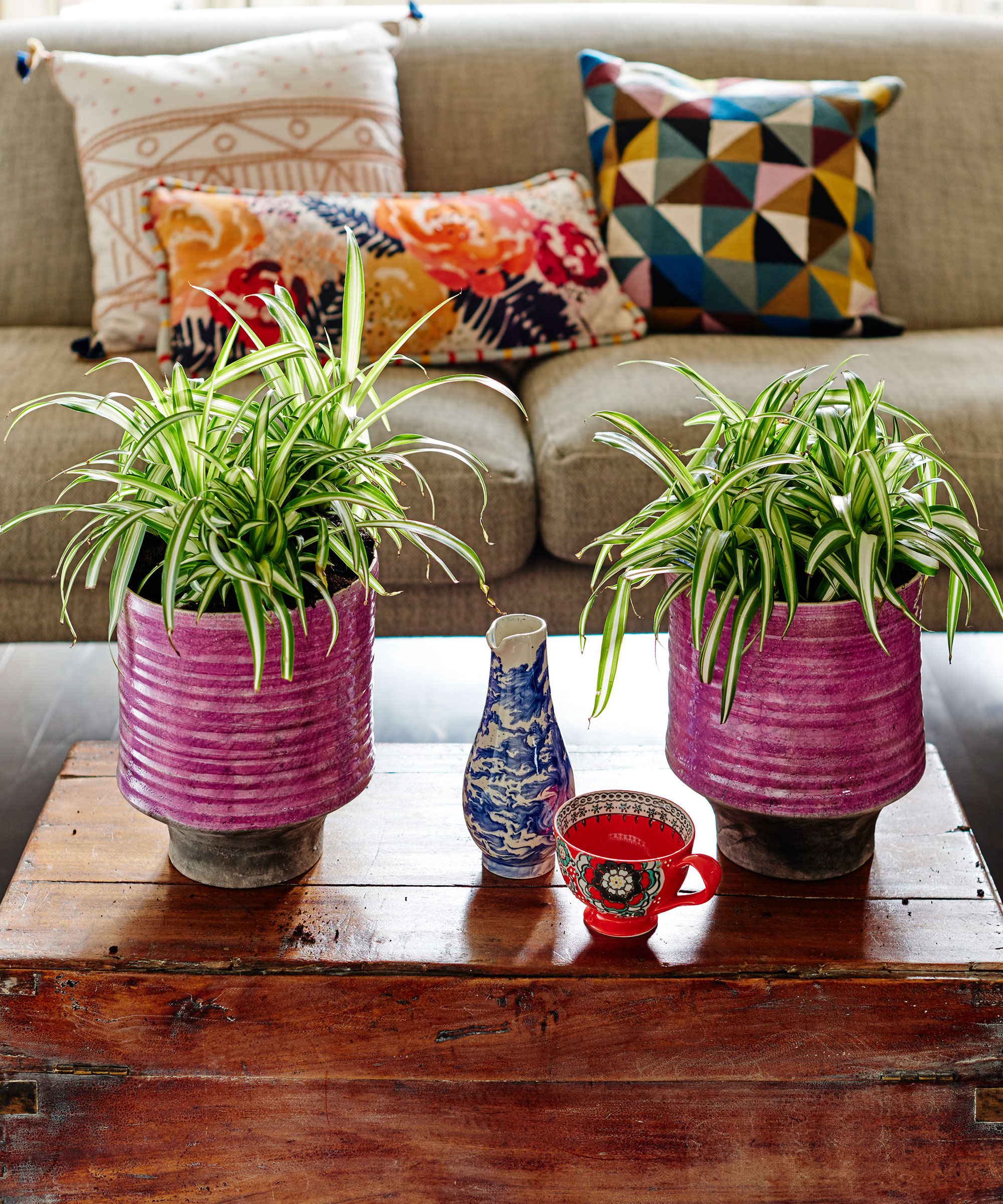
'Spider plants are excellent natural dehumidifiers, absorbing excess moisture from the air,' says Zahid Adnan, founder of The Plant Bible. 'Spider plants have the added benefit of being a low-maintenance plant and can thrive in various lighting conditions.'
Jacky Chou, principal and director at Archute adds, ‘An easy-to-care-for choice, the spider plant has slender green leaves with white stripes. It's adaptable to various light and temperature conditions and only needs occasional watering and feeding. Plus, it produces little baby plants that dangle from the main plant, which you can easily grow yourself.
Design expertise in your inbox – from inspiring decorating ideas and beautiful celebrity homes to practical gardening advice and shopping round-ups.
'As well as helping to reduce humidity levels by absorbing moisture from the air and is great at purifying the air by removing pollutants like formaldehyde, xylene, and carbon monoxide.’
You can find a spider plant at Amazon.

Zahid Adnan is the Founder and Editor of The Plant Bible , as well as managing a plot of 10-hectare agricultural land. He is also involved in a project to develop sustainable urban farming practices by utilizing farming technologies to increase food production and reduce environmental impacts.
2. Peace Lily (Spathiphyllum)

Zahid Adnan says, 'Peace lilies not only improve indoor air quality by absorbing excess humidity but also add elegance to any room. They are ideal for low-light areas and have lush, vibrant foliage.'
‘This classy plant has shiny green leaves and white flowers that keep blooming all year round,' says Jacky Chou. 'It's a breeze to take care of peace lilies since they are fine with low light and don't need much water. Plus, they can help reduce mold, mildew, and air pollutants like formaldehyde and benzene.’
Tommy Mello advises, ‘Peace lilies love the shade and thrive in high humidity, making them the perfect choice for areas that are prone to mold. The plant is able to grow without having to be exposed to direct sunlight because it can absorb moisture from the air through its leaves. It can also thrive when fluorescent lighting is used.
'Peace lilies are especially helpful for people who suffer from asthma or allergies. Although the plant produces lovely flowers, it should be kept out of reach of animals because it contains chemicals that are harmful to them.'
We love this peace lily, from Walmart.
3. Snake Plant (Sansevieria trifasciata)

‘Snake plants are known for their ability to absorb water vapor during the night, making them a perfect choice for bedrooms or areas with high humidity,' recommends plant expert, Zahid Adnan. This plant can even help improve your sleep quality.
‘The snake plant, which is also known as mother-in-law's tongue, is a versatile plant that thrives in bright light and warm temperatures, and it is relatively low maintenance, needing only to be watered once every week or two,' says Tommy Mello. 'The plant has leaves that can take on a number of different shapes and colors, many of which have a texture that is reminiscent of snakeskin.
'In addition to soaking up excess moisture, the leaves can also filter out common toxins that are found in the home.'
We recommend this snake plant, from Amazon.
4. Boston Fern (Nephrolepis exaltata)
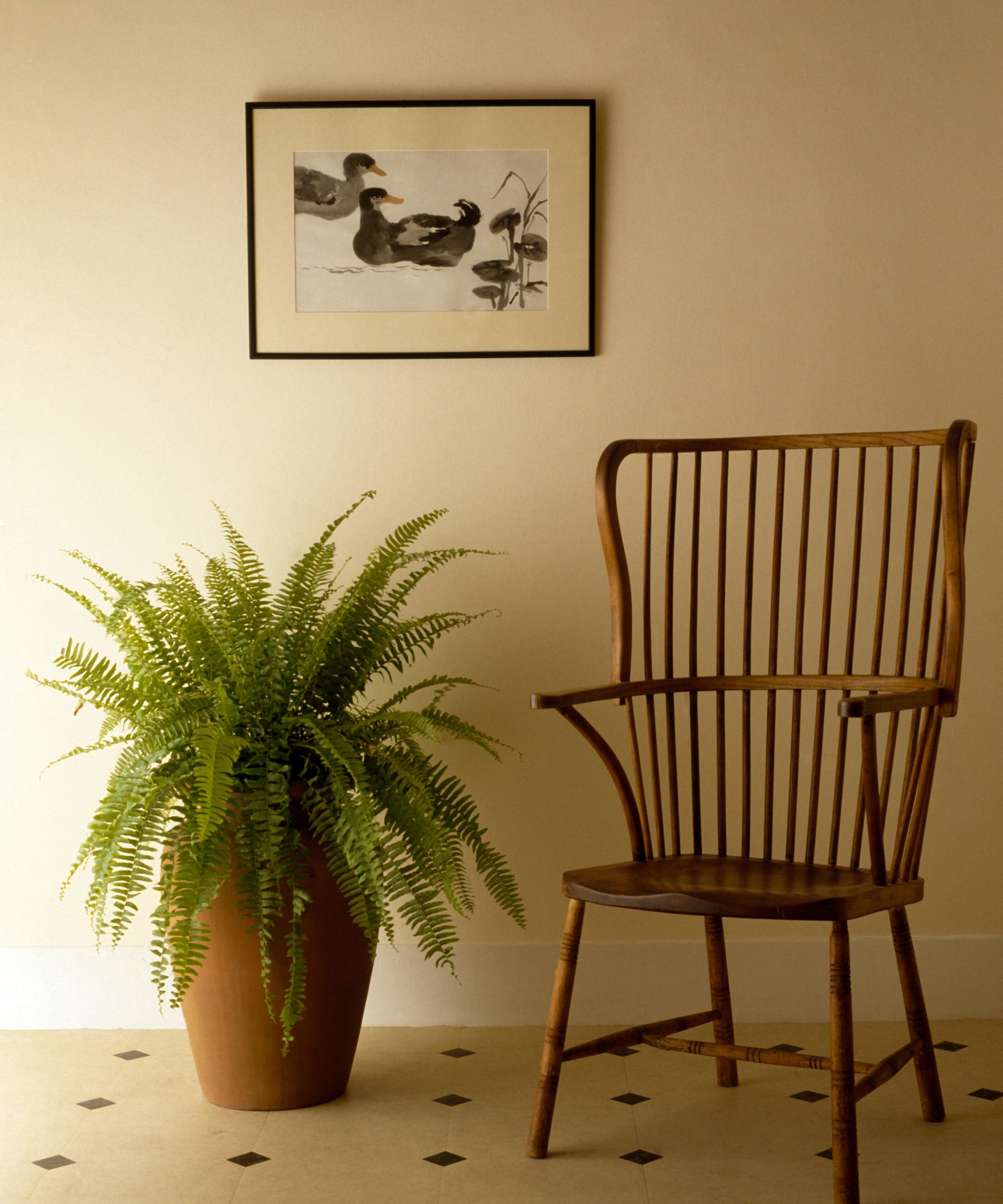
'Boston ferns are not only visually appealing, but also excellent at reducing humidity levels. These plants best placed in bathrooms or kitchens where condensation tends to be higher,' advises Zahid Adnan.
‘This lush plant with long, graceful fronds can hang from baskets or shelves,' recommends Jacky Chou. 'It's a fan of humid places and indirect light, but it does need regular watering and misting to stay happy. Besides adding a cool vibe to your space, it's good at getting rid of excess moisture in the air and tackling airborne chemicals like xylene and toluene.’
You can use this Boston fern in a hanging basket, from Walmart.
5. English Ivy (Hedera helix)
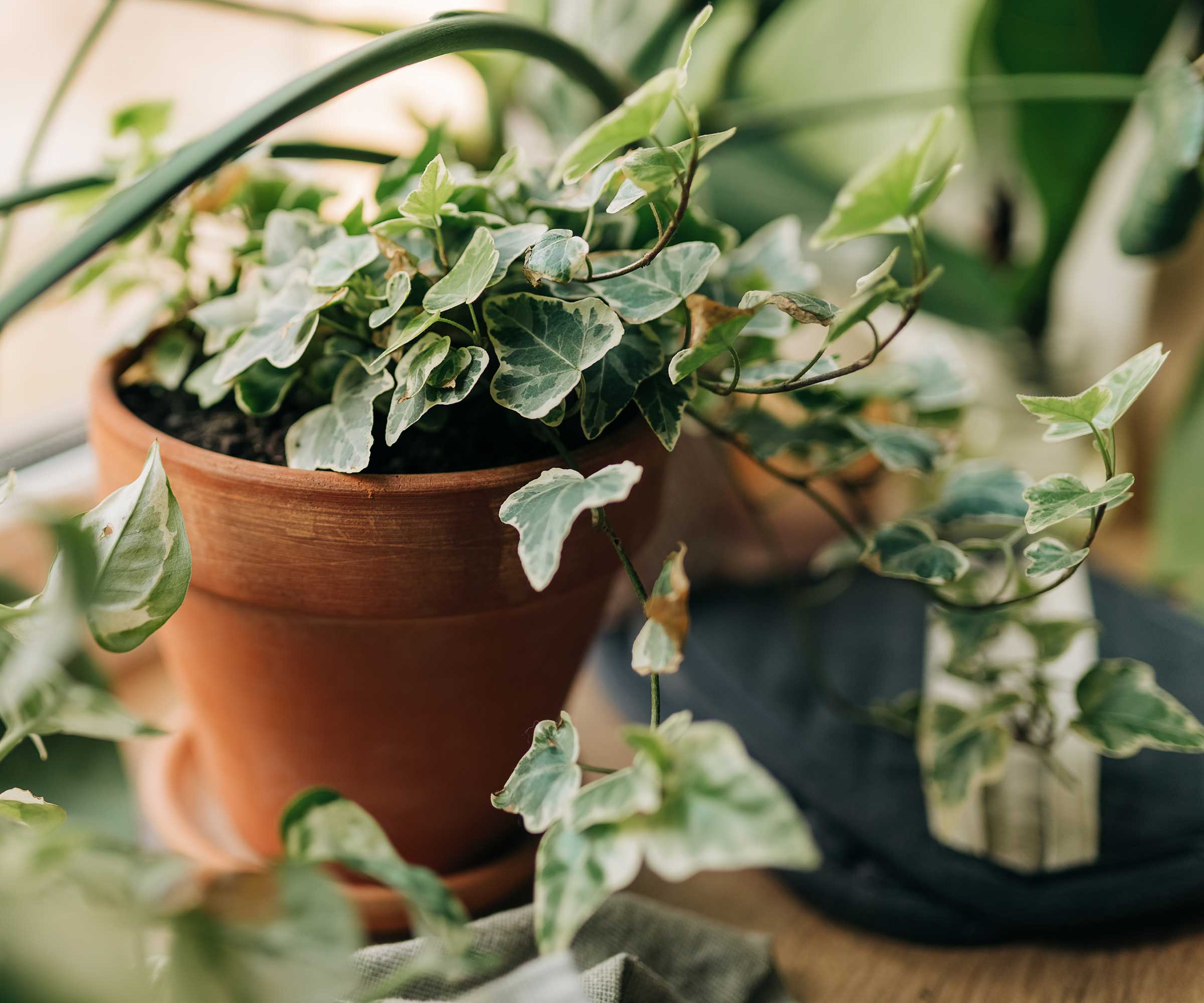
Gene Caballero, co-founder of GreenPal explains, 'This adaptable and hardy plant is excellent at absorbing moisture from the air, making it a suitable choice for rooms with higher humidity levels. It’s also known for its air-purifying properties.
Tommy Mello adds, ‘The English ivy has been shown to be effective at removing airborne mold from humid environments and is an excellent choice for bathrooms with a smaller footprint. It grows best in bright, indirect light and needs to be watered regularly.
'Be sure to keep it out of reach of your pets, as the leaves contain a substance that is harmful to them. Because of this, English ivy does very well when it is grown in a hanging pot or when it is placed on top of a cabinet.’
You can find an English ivy plant at Amazon.
6. Aloe Vera (Aloe barbadensis)
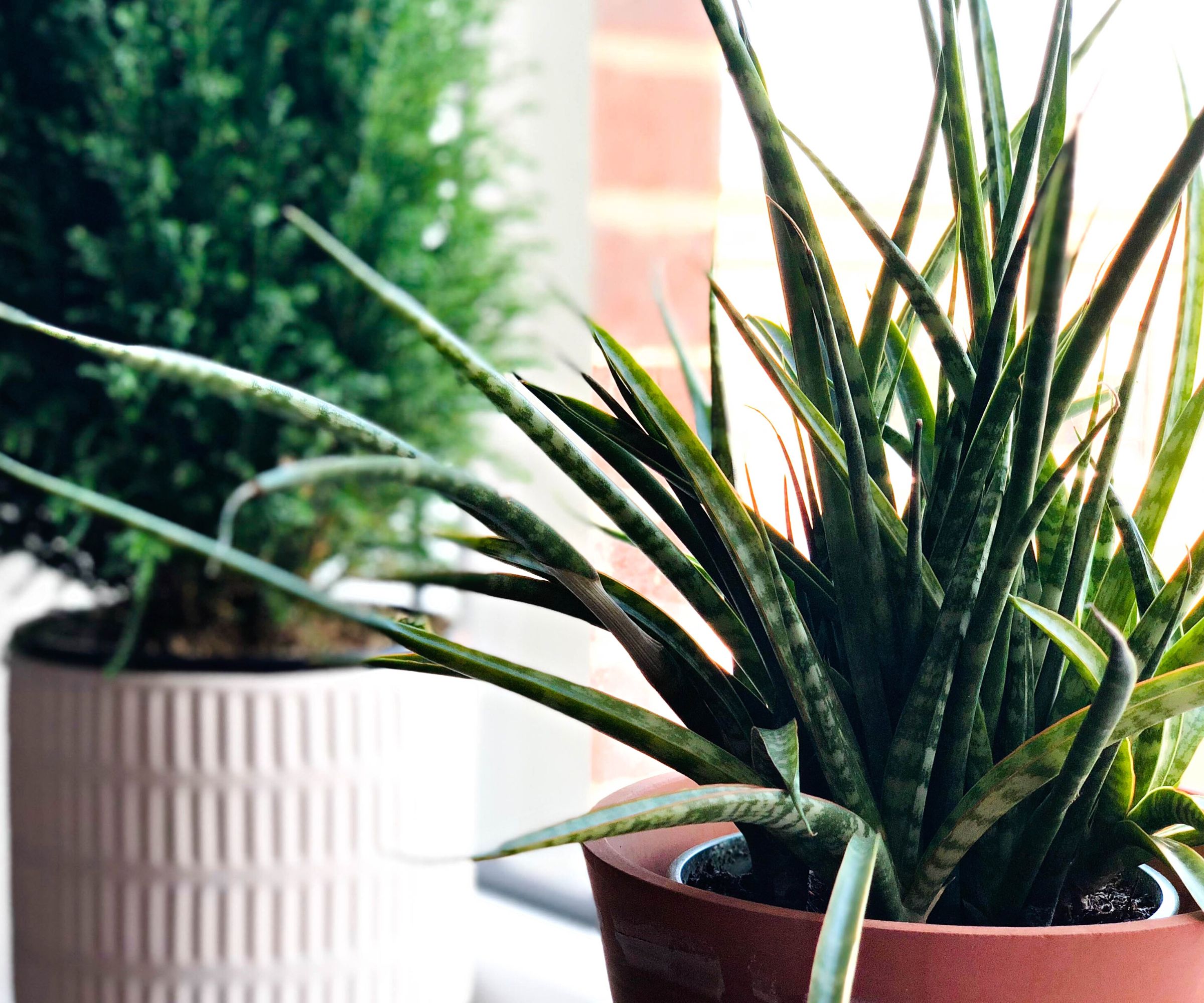
'Aloe vera is a multi-purpose plant that not only helps in reducing condensation but also possesses healing properties. It's an easy-to-care-for succulent that loves bright, indirect light,' advises Zahid Adnan.
'These houseplants are not only aesthetically pleasing but also effective in creating a balanced indoor environment. By strategically placing these plants throughout your home, you can enjoy the benefits of reduced condensation and a more comfortable living space.'
Find Aloe Vera at Walmart.
Enhancing condensation banishing properties
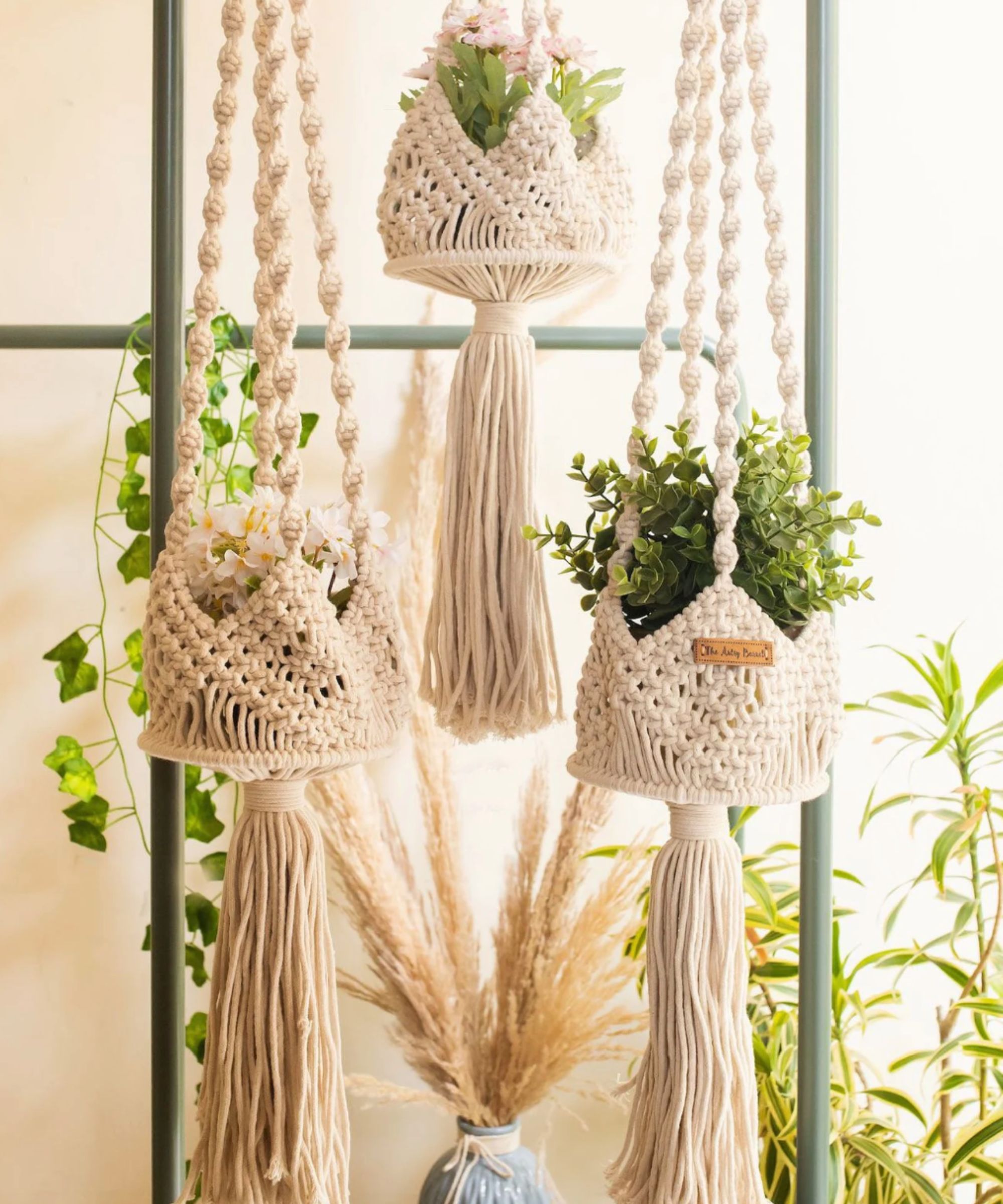
There are a few pointers that can maximize your plants' efficiency at reducing condensation, especially for rooms with the highest condensation levels.
1. Strategic placement: Norah Clark, qualified nutritionist and editor at Boyd Hampers advises: 'Position your plants strategically near windows or areas prone to condensation. The moisture released by the plants can help balance indoor humidity levels, reducing condensation on windows.
2. Group plants together: 'Grouping several moisture-absorbing plants in one area can have a more significant impact on reducing condensation. It creates a mini moisture-absorbing zone,' says Norah. You can group some of these plants near windows to absorb excess moisture that would otherwise contribute to condensation.
3. Regular maintenance: Norah Clark continues, 'Ensure your plants are healthy by providing proper care, including the right amount of water and light. Healthy plants are more effective at transpiring moisture.
4. Clean plant leaves: dust and dirt can accumulate on plant leaves, reducing their transpiration efficiency. Gently wipe the leaves with a damp cloth to keep them clean.
5. Ventilation: adequate ventilation is crucial for controlling condensation. Use fans or open windows periodically to circulate air and prevent moisture buildup.
6. Monitor indoor humidity: invest in a hygrometer to monitor indoor humidity levels. Ideally, keep humidity between 30% and 50% to minimize condensation.
7. Use humidity trays: place your plants on humidity trays filled with water and pebbles. As the water evaporates, it increases the humidity around the plants, helping to reduce condensation on nearby surfaces.' We recommend this humidity tray with rocks, from Amazon.
10. Combine with dehumidifiers, recommends Norah Clark. 'In especially humid environments, consider using a dehumidifier alongside your moisture-absorbing plants for more effective condensation control.' You can find dehumidifiers at Amazon.
FAQs
Can a plant's container impact how well it dehumidifies a room?
Your choice of plant container can make a difference to how well a plant can dehumidify a room. Opt for pots made from porous materials with drainage holes, such as terracotta, and a well-draining potting mix to prevent overwatering and root rot, which can damage the plant and inadvertently increase indoor humidity.
During colder months there is often an increase in condensation, leading to the development of mold and dampness, which is due to a number of factors, namely insufficient ventilation. Therefore, there is no better time to incorporate these plants into your home to create a healthier environment for you and your family.
Although houseplants can help regulate humidity, they are not a solution for severe condensation. Where condensation is a persistent issue, it's important to address the root cause. This may be the result of inadequate insulation, poor ventilation, or high indoor humidity due to cooking, showering, or drying laundry indoors.
Combining the natural moisture-regulating properties of houseplants with these structural improvements can yield the most effective results.

Lola Houlton is a news writer for Homes & Gardens. She has been writing content for Future PLC for the past six years, in particular Homes & Gardens, Real Homes and GardeningEtc. She writes on a broad range of subjects, including practical household advice, recipe articles, and product reviews, working closely with experts in their fields to cover everything from heating to home organization through to house plants. Lola is a graduate, who completed her degree in Psychology at the University of Sussex. She has also spent some time working at the BBC.